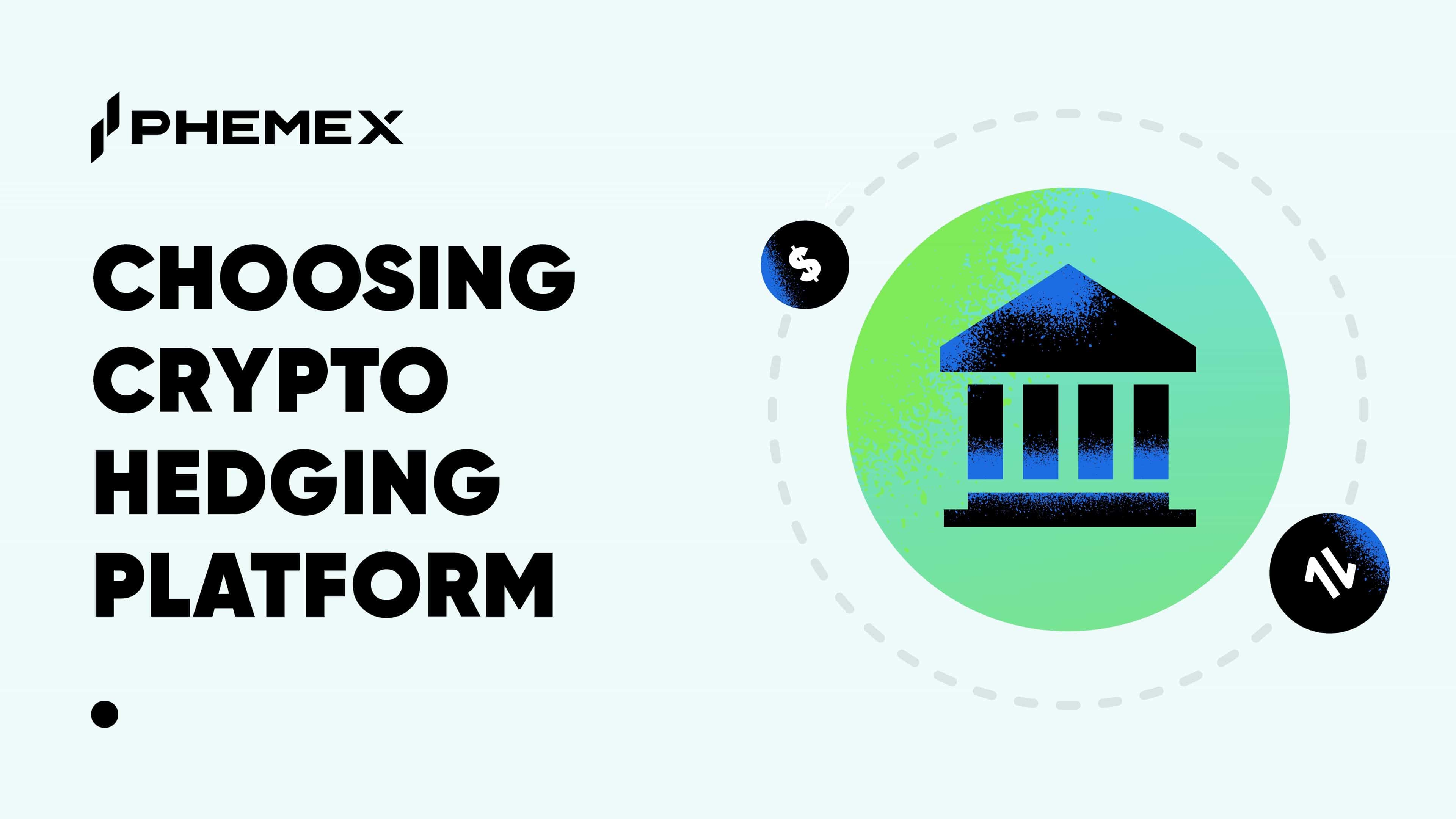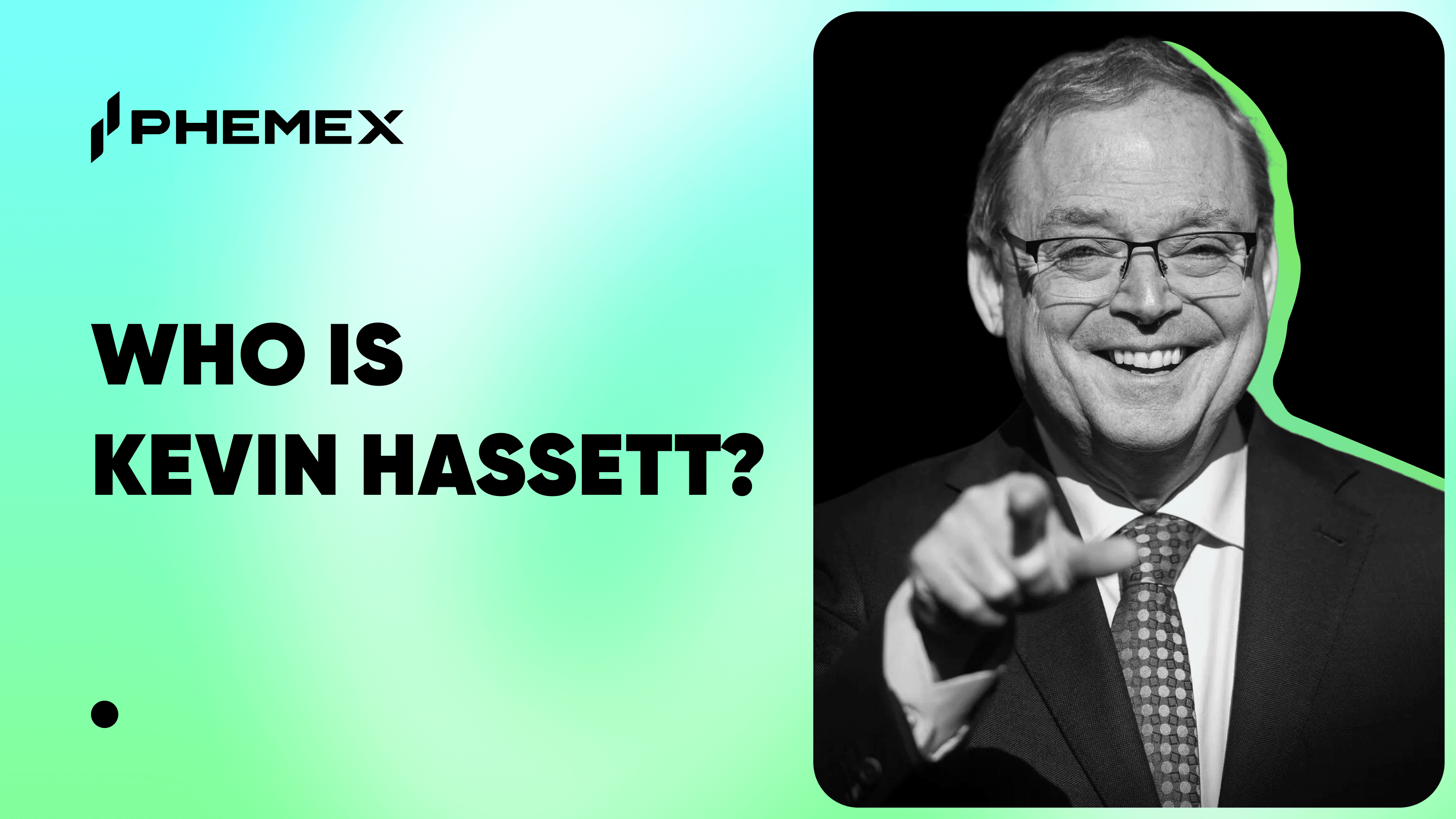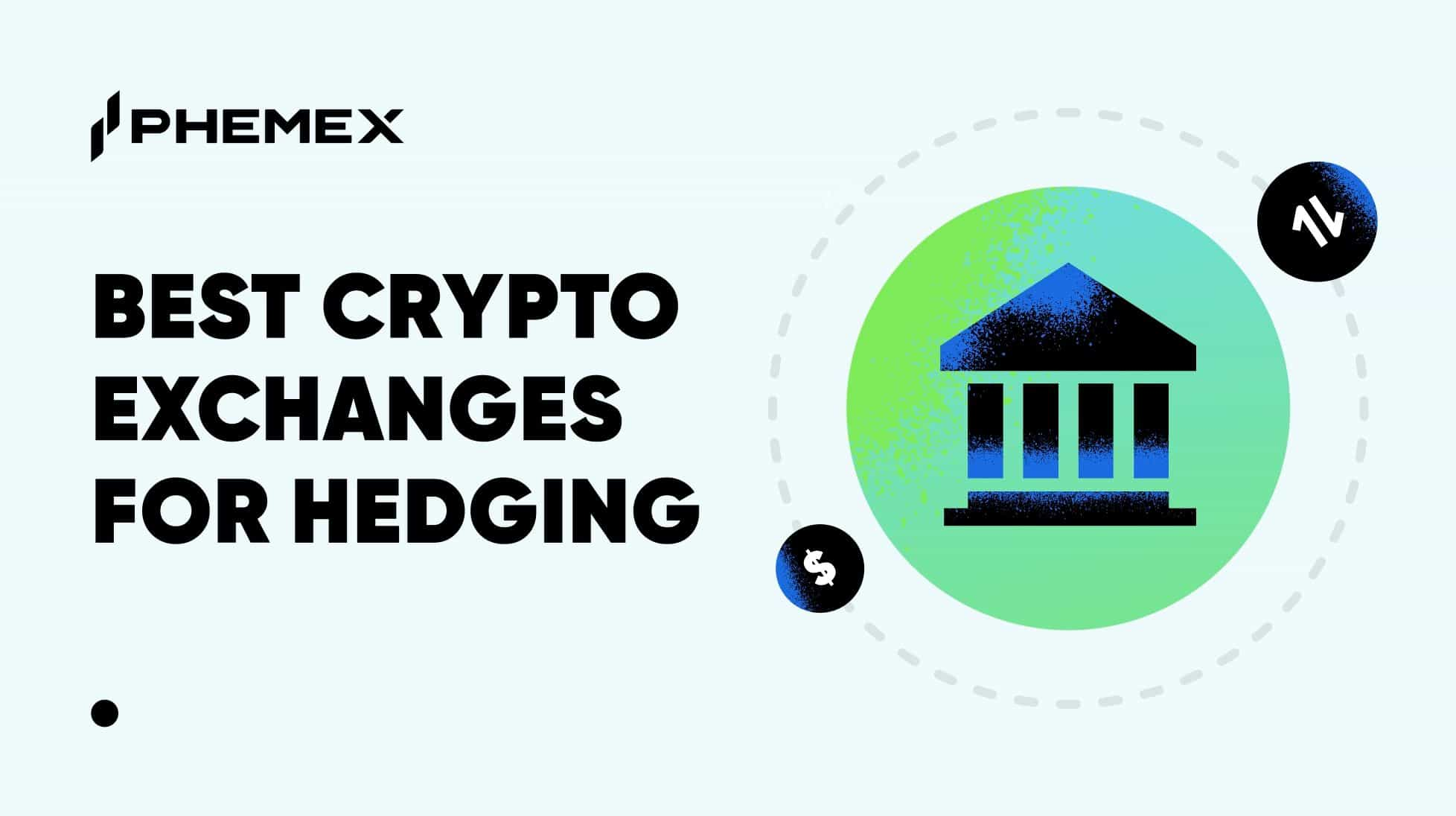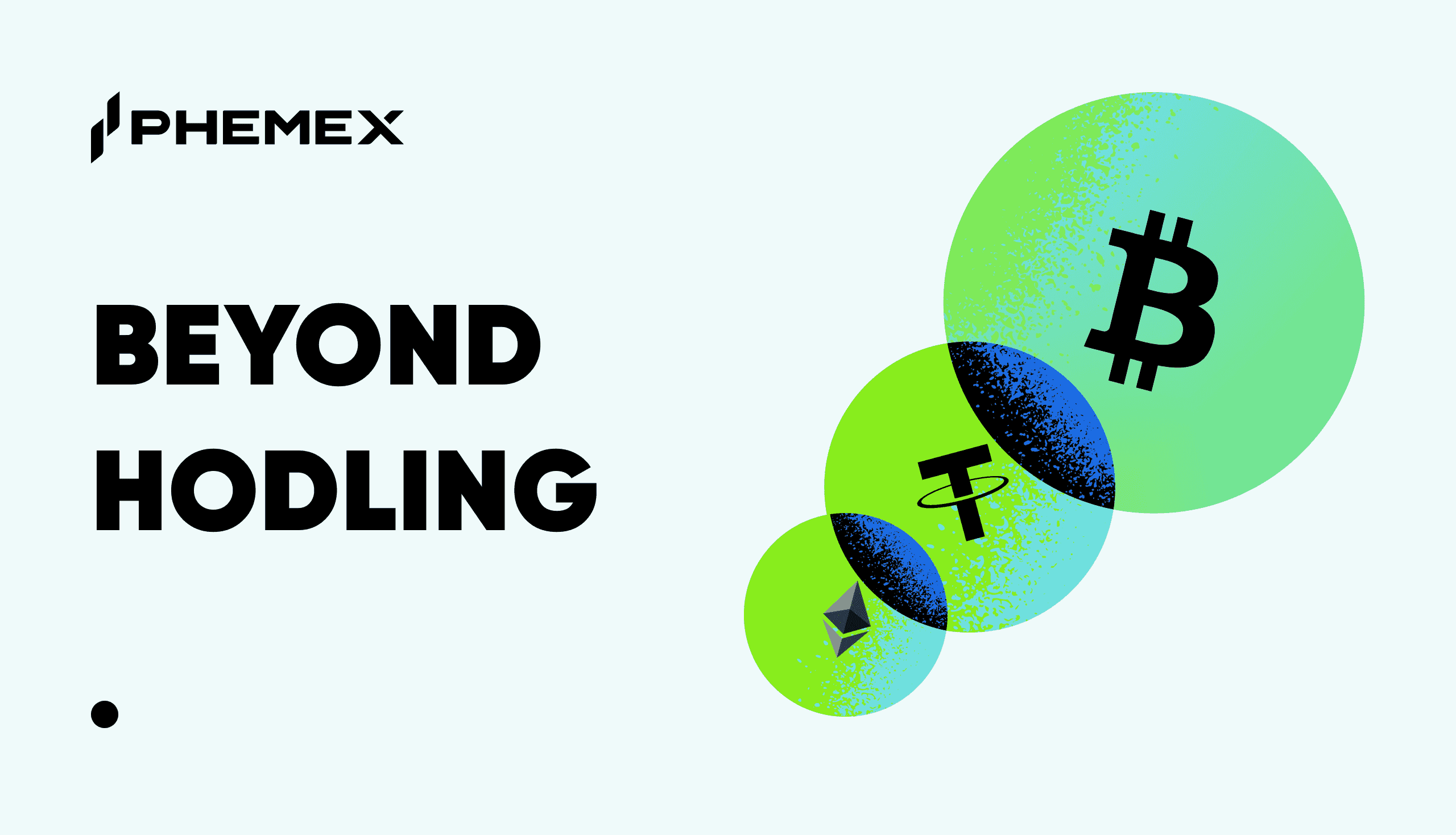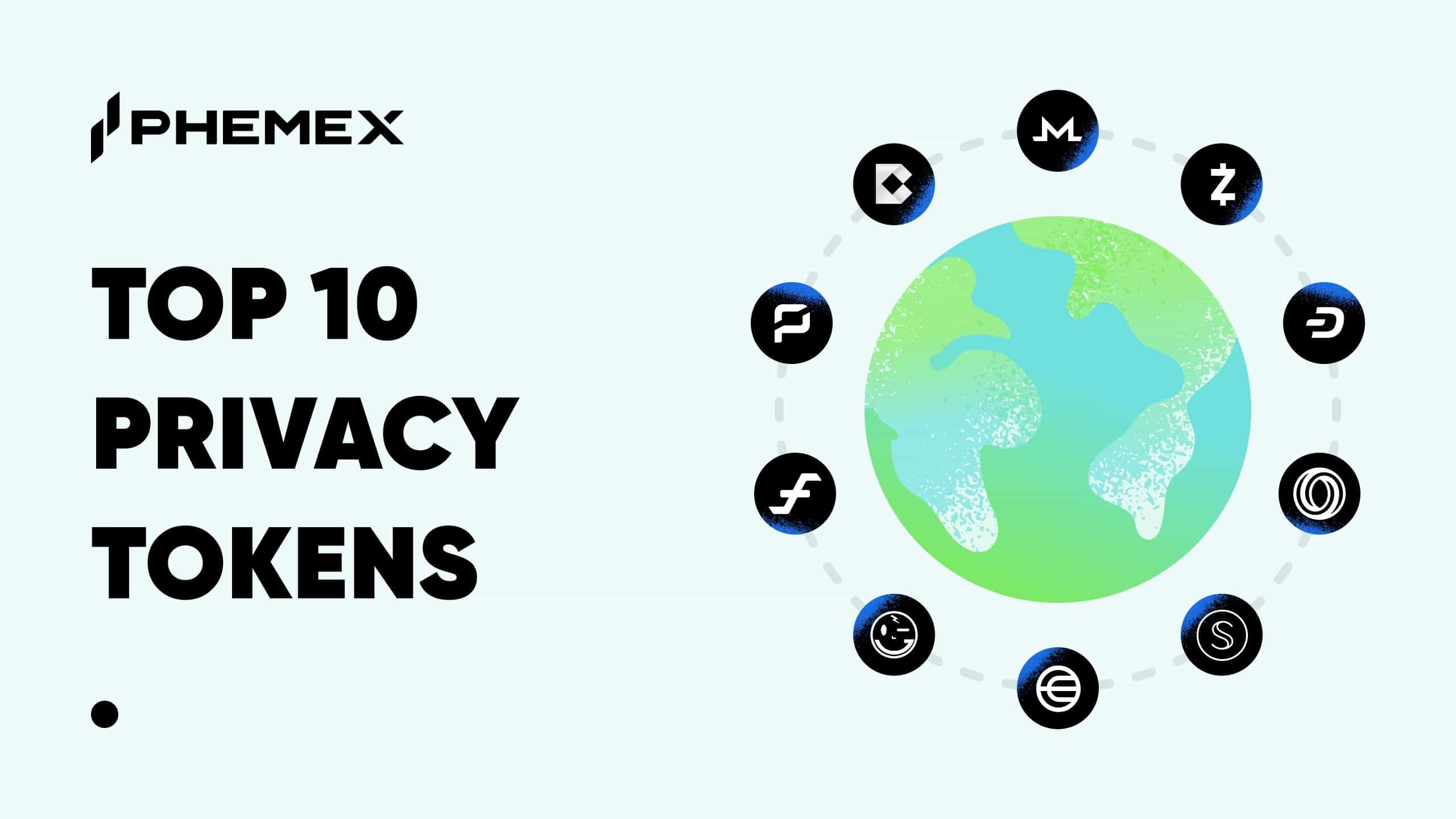Over the past year, cryptocurrency investment has increased rapidly, however, one overlooked part of the industry is venture capital. Thus, it’s important for general crypto traders and investors to follow the venture capital (VC) money to see who are the investors in the seed stages of many upcoming crypto projects. In this article, we’ll do a high-level review of the portfolios of top VC funds so retail can gain a better understanding of what protocols are being invested in by the VCs, along with the personalities who founded them.

What Are The Top Venture Capital Funds?
- a16z was founded in Silicon Valley in 2009 by Marc Andreessen and Ben Horowitz, a venture capital firm that backs bold entrepreneurs building the future through technology.
- Alameda Research is a leading principal trading firm and cryptocurrency investment company formed by Sam Bankman-Fried in the APAC region around 2017.
- Paradigm backs disruptive crypto/Web3 companies and protocols with as little as $1 million and as much as $100+ million. Paradigm was founded in 2018 by Fred Ehrsam and former Sequoia Capital partner Matt Huang in the San Francisco Bay Area.
- Multicoin Capital is a thesis-driven investment firm that invests in cryptocurrencies, tokens, and blockchain companies and was founded in 2017 by Kyle Samani and Tushar Jain as Managing Partner.
- Pantera Capital was founded by former Tiger Management Head of Macro Trading and CFO Dan Morehead. Pantera’s global macro strategy invested over $1 billion of institutional allocations. In 2013, Pantera created the first blockchain hedge and venture capital funds in the United States.
- Polychain Capital is the world’s premier digital asset investment fund. Based in San Francisco, it actively manages global blockchain assets to achieve exceptional returns for its investors.
- Union Square Ventures is a thesis-driven venture capital firm founded in 2003 by Fred Wilson and is headquartered in New York. As per their Thesis 2.0, they actively invest in blockchain and crypto projects.
- Digital Currency Group is a venture capital company focusing on the digital currency market and is located in Stamford, Connecticut. DCG was founded by Barry Silbert in 2015 and its mission is to accelerate the development of a better financial system and to build and support Bitcoin and blockchain companies by leveraging their expert insights, network, and access to capital.
- Blockchain Capital is a venture capital company in San Francisco, California. The company was founded in October 2013 by Bart Stephens, Bradford Stephens, and Brock Pierce (Chairman of the Bitcoin Foundation). Blockchain Capital is one of the most active and oldest venture investors in blockchain technology with a portfolio of more than 70 projects financed and $275 million in assets under management (AUM).
- Arrington Capital is a thesis-driven firm that’s been investing in digital assets and Web3 since 2017 and was founded by Geoffrey Arone in the Greater Seattle Area.
- Dragonfly Capital was founded in 2018 by Bo Feng and Haseeb Qureshi in the San Francisco Area. Dragonfly brings together the leading participants in the decentralized economy and its global ecosystem which enables them to invest in and support the most promising opportunities in the crypto asset class.
- HASHED is a team of blockchain experts and builders based in Seoul and Silicon Valley. It was founded in 2017 by Simon Seojoon Kim. HASHED believes that decentralization has the power to transform not only the global economy but the very fabric of the Internet.
- DRAPER Associates was founded in 1985 by Tim Draper, founder of the famed Silicon Valley venture capital firm known as Draper Fisher Jurvetson (“DFJ”).
- 1Confirmation offers capital as well as business development and community-building expertise to companies and founders involved in cryptocurrencies. It’s based in San Francisco and was founded in 2017 by Nick Tomaino.
- Electric Capital was founded in 2013 by Avichal Garg and Curtis Spencer in San Francisco. Electric Capital is a venture capital firm that focuses on the cryptocurrency, blockchain, fintech, and marketplaces industries.

Analyzing The Performance Of Crypto VCs During The Recent Market Crash
During the recent crypto market liquidation, a lot of excessive leverage was revealed, specifically, 3AC owing a whopping $3.5 billion to multiple companies including Voyager Digital. Then on July 7th, despite being one of the top venture capital funds, 3AC had to file for bankruptcy. Therefore, it’s essential for retail investors to keep an eye on the road map of individual projects and their founders before investing, especially if a VC is employing risky investment practices and working with dangerous leverage.
Popular Crypto Projects To Look At In 2022
Below we’ll review some of the top cryptocurrencies in the smart contract platform, DeFi, and Web3 infrastructure segments as per Messari’s H1 2022 report and developer activity reported by Electric Capital.
Smart Contract Platforms
Smart contracts are programs stored on a blockchain that run when predetermined conditions are met. They typically are used to automate the execution of an agreement so that all participants can be immediately certain of the outcome, without any intermediary’s involvement or time loss. They can also automate a workflow, triggering the next action when conditions are met.
As per Messari’s research conducted from 82 funds, it’s reported that 37% of investments made by VCs are in smart contract platforms. The top-held asset is Polkadot, which is funded by 29 venture funds. Moreover, smart contract layer-1 protocols such as Oasis Network (funded by 24 VCs), Nervos Network (funded by 23 VCs), Near Protocol (funded by 19 VCs), Avalanche (funded by 18 VCs), and Solana (funded by 13 VCs) are all popular. Lastly, it’s necessary for smart contract platforms to scale and be interoperable with each other – and it’s reported that 1% of investments made by VCs are in scaling and 2% on interoperability. Moving forward, more investment in these last two categories will probably be necessary to create better Web3 companies.
Moreover, it’s also necessary to keep track of developer activity on layer-1s. Ethereum leads the pack with 2000+ developers, whereas Polkadot has around 1001-2000 developers. From the list above, Bitcoin, Solana, and Near Protocol have around 301-1000 developers, while Cosmos and Cardano fall under the category of 301-1000 developers. Polkadot, a scaling solution to Ethereum, falls under the 301-1000 developers category as well.
The takeaway is developers are the future, and good developers in particular, each chain is competing to attract the best talent to develop on their chain. That’s why they say the future is a multi-chain world. Lastly, an increase in blockchain and Web3 app developers over time will decrease the number of developers working on Web2 such as iOS and Android.
Decentralized Finance (DeFi)
Decentralized Finance (DeFi) is another subset of Web3, and it’s specifically focused on leveraging decentralized technology to transform existing financial products into trustless, transparent, and immutable ecosystems in which digital value can be transferred between parties without intermediaries. To have successful DeFi products, it’s essential to have multiple sprawling segments such as decentralized exchanges, P2P money transfers such as lending, borrowing and staking, synthetic assets, stablecoins, yield farming, liquidity mining, NFTs, and CBDCs.
The DeFi industry is huge and accounts for among the most direct use cases of financial blockchain and crypto technology. To show how important it is, Messari reports that 40% of investments are made in DeFi infrastructure. 16% of that investment is for decentralized exchange projects, 9% in the P2P money market, 4% in derivatives, 4% in asset management, 6% in currencies, and 1% in tokenization.
In the DeFi infrastructure category, the top-held assets are dYdX (funded by 22 VCs), Maker (funded by 13 VCs) and Acala (funded by 13 VCs).
Moreover, venture capital is also interested in UniSwap, Decentraland, Axie Infinity, Aave, 1inch, Compound, 0x, and Yearn Finance.
Web3 Infrastructure
Smart contract platforms and DeFi are both subsets of Web3 infrastructure. Web3 is the decentralized, permissionless, and open Internet based on blockchain and asset tokenization that allows users to read, write, and own content. The definition for Web3 changes as it evolves, but at a high level, it has features such as semantic web, AI, 3D, blockchain, and edge computing.
Web3 investments in storage and data management, and utilities such as computing, gaming, identity, and entertainment will continue to evolve in the coming decade and make up around 20% of investments by VCs. The top-help assets are Radicle (funded by 22 VCs), Mina (funded by 18 VCs), Filecoin (funded by 18 VCs), Mobilecoin (funded by 15 VCs), Handshake (funded by 13 VCs), Internet Computer (funded by 13 VCs), aelf (funded by 13s).

Conclusion
VC investments are important to track, and VC tolerance to risk is something that analysts should always watch. Lastly, any investors who are planning to invest in cryptocurrencies should look for developer activity, progress, and a road map.





